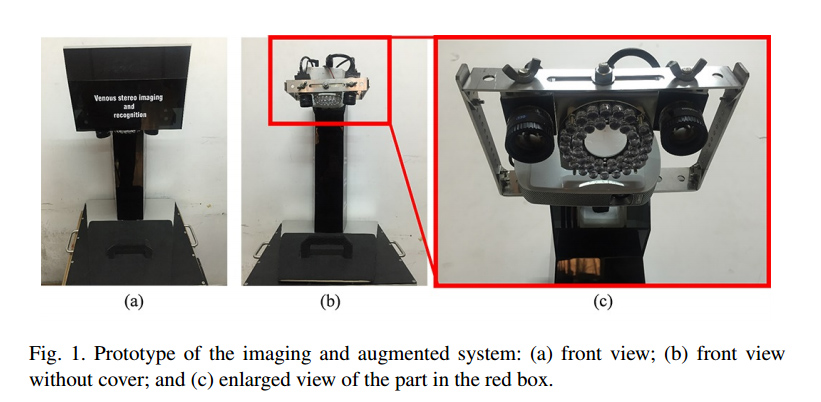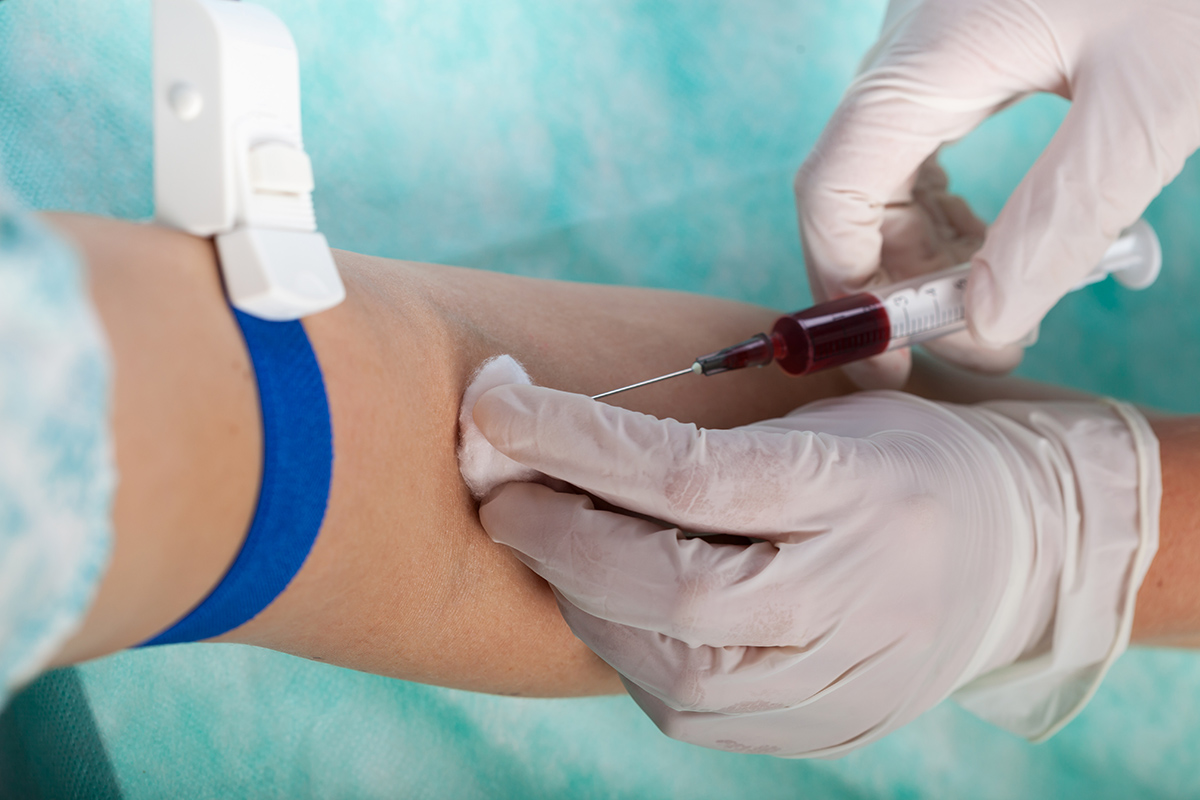The experience of having blood drawn or an IV placed is nothing new to most of us. However, while the procedure often goes off without a hitch, for some people, there’s blood, sweat, and tears. Some people even faint, and it can be quite traumatizing for a child to experience the horrors of a nurse who can’t find a vein.
We’ve heard of the AccuVein, which was designed to help find veins, but many people didn’t love the somewhat blurry view of the system, and while it’s a pretty cool device, we think there are improvements that can be made.
To address this problem, researchers from the Beijing Engineering Research Center of Mixed Reality and Advanced Display from the Beijing Institute of Technology in Beijing, China have developed a 3D reconstruction and quick imaging system for subcutaneous veins. It uses AR as a display method, and its objective is to reduce the amount of time and the number of attempts that are required for a doctor or nurse to perform an IV injection. It works by providing Mixed Reality vein structures projected onto the surface of the skin, which allows a real-time image of the venous system, makes it nearly impossible to miss the vein with the needle.

it’s a big camera.

How does it work? The scanned body part is captured by two cameras with reflective near-infrared lights, which match, reconstruct, and display an image of the veins on the skin surface in about 6.7 seconds. The results are accurate, high speed, and have a reconstruction error margin within 0.25 mm, which is pretty amazing!

Of course, we must take into account the fact that the system is not portable or easy to acquire, which are both limitations that need to be addressed. The Accuvein has the upper hands on those fronts. However, with the proper funding and development, we believe that this technology can continue to make Augmented Reality an even stronger force for the face of the medical field. What do you think? Leave your opinions in the comments section!
Source: https://www.ncbi.nlm.nih.gov/pmc/articles/PMC4948614/pdf/2565.pdf









[…] access that they want to take. Other technologies have done this too, which you can read about here, but this is the first healthcare-designed HMD. We say this because Evena’s plan is to use this […]